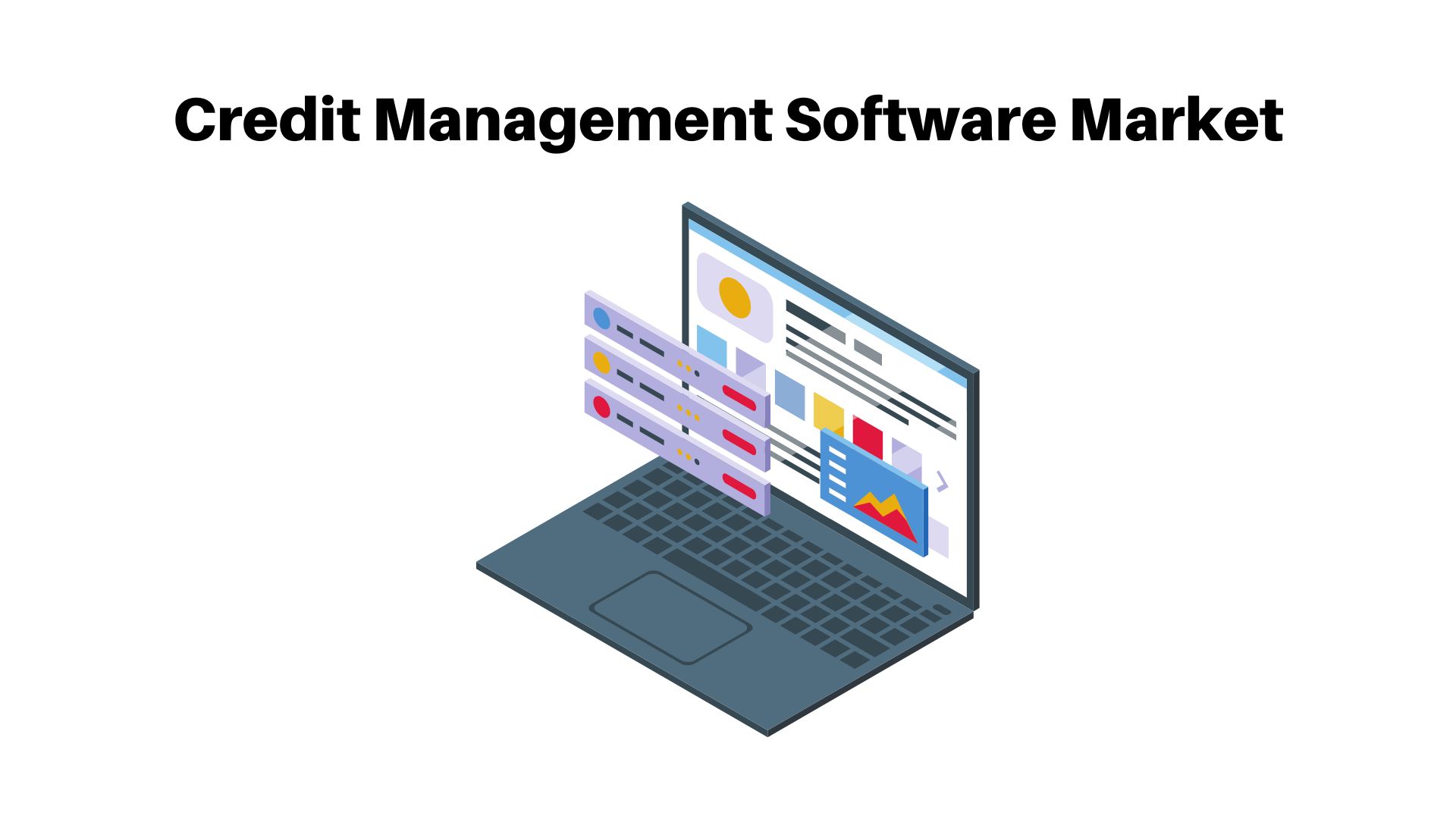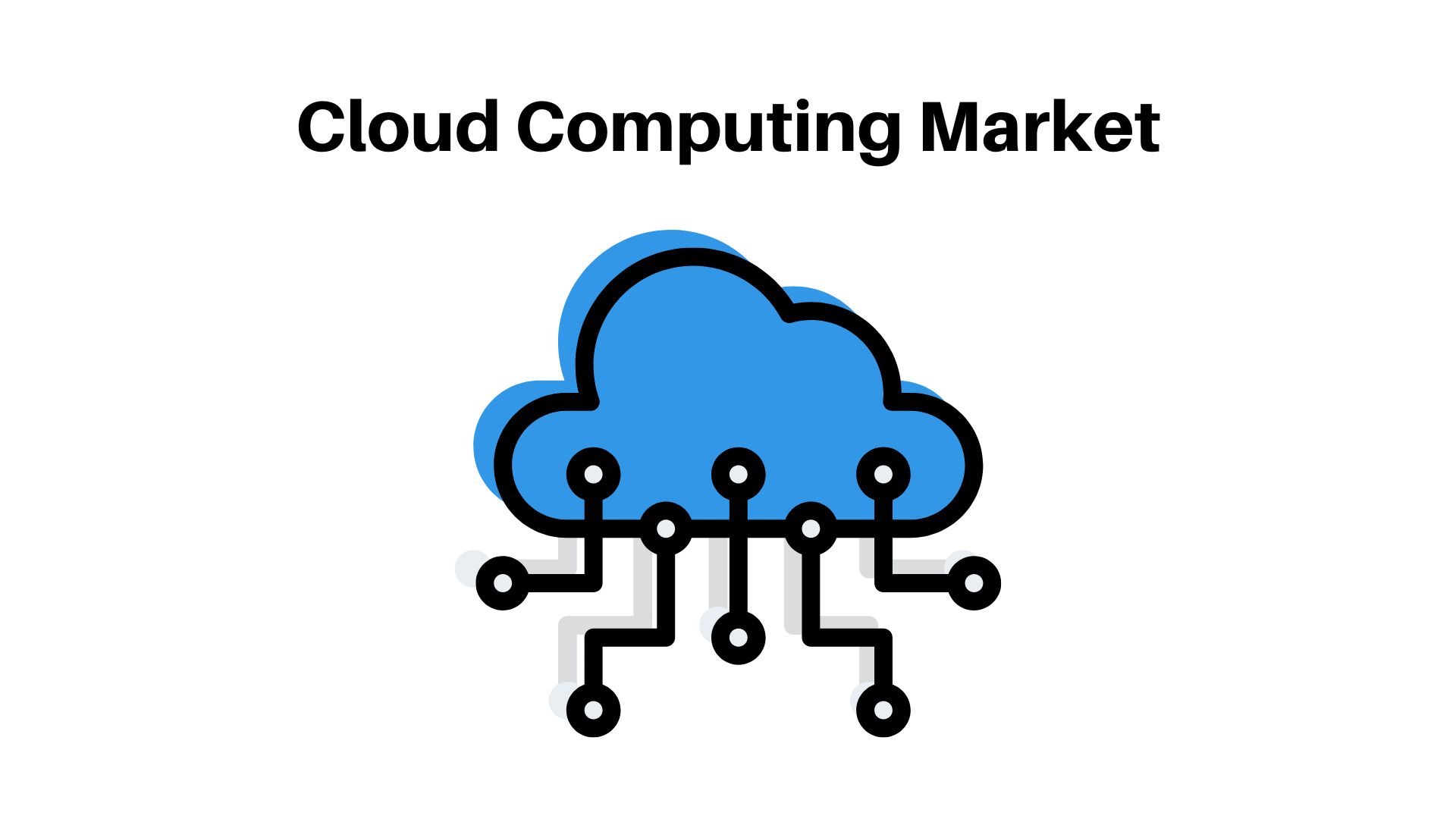Credit Management Software Market Size will Observe Substantial Growth by 2032 with a CAGR of 5.3%

Page Contents
Market Overview
The Global Credit Management Software Market size is expected to be worth around USD 3.7 Bn by 2032 from USD 2.2 Bn in 2022, growing at a CAGR of 5.3% during the forecast period from 2023 to 2032.
Credit management software is a type of financial software designed to assist businesses to manage their credit and collections processes. It automates tasks such as credit checks, collections, and dispute management so that businesses can maintain healthy cash flows and reduce the risk of bad debts. According to analysts, the global credit management software market will experience rapid growth over the coming years due to increasing automation in finance and accounting processes.
Drivers, trends, and challenges have an impact on market dynamics, which can impact businesses. Request for PDF sample report

Key Takeaways
- The global credit management software market is expected to experience rapid growth over the coming years.
- The increasing adoption of automation in finance and accounting processes is a major factor driving this growth.
- North America is the leading market for credit management software, followed by Europe and Asia Pacific.
- Cloud-based deployment models are expected to dominate this space due to their cost efficiency and flexibility.
Regional Snapshot
North America leads the global credit management software market, accounting for 63% of the market share. This dominance is due to high adoption rates of automation technologies in finance and accounting processes. Europe follows as the second-largest market due to an increasing need for efficient credit management solutions. Interestingly, Asia Pacific is expected to experience the highest growth rate due to the increasing adoption of cloud-based credit management software by small and medium-sized businesses.
Drivers
The credit management software market is being driven by several key drivers, including:
The increasing need for automated credit decisions and risk management processes: Businesses are under increasing pressure to make faster, more accurate credit decisions. Credit management software solutions automate these steps, saving businesses time while decreasing the likelihood of bad debt.
Growing demand for cash flow management and debt collection: Businesses are increasingly turning to credit management software solutions to better manage their accounts receivable and improve cash flow. These solutions enable companies to operate more efficiently, leading to improved profitability in the long run.
Rising Adoption of Cloud-Based Credit Management Software Solutions: Cloud-based credit management software solutions are increasingly being adopted due to their lower cost, scalability, and user-friendliness. Furthermore, these cloud-based options offer businesses more freedom and accessibility.
Focusing on customer retention and relationship enhancement: Credit management software solutions help businesses foster customer relationships by offering more flexible payment options, improved communication, and personalized service. This in turn encourages businesses to retain customers and boost loyalty levels.
The growing trend of digital transformation and process automation in businesses is driving the adoption of credit management software solutions. These solutions enable businesses to streamline their credit management procedures while improving operational efficiency.
Overall, these drivers are expected to continue fueling the growth of the credit management software market over the upcoming years.
Restraints
Although there are numerous drivers for growth in the credit management software market, there are also some potential obstacles that could limit its expansion. These could include:
High implementation and maintenance costs: For some businesses, especially small and medium-sized enterprises (SMEs), the high upfront and ongoing expenses associated with credit management software solutions may prove a deterrent to adoption.
Lack of Awareness and Understanding About Credit Management Software Solutions: Some businesses may not be aware of the advantages or fully comprehend how credit management software solutions function. This lack of insight can impede adoption rates, leading to slower market expansion.
Security Concerns: Credit management software solutions handle sensitive financial information, potentially leading to security and privacy worries for businesses. These concerns could prevent some organizations from adopting credit management software solutions altogether.
Integration Challenges: Integrating credit management software solutions with existing systems and processes can be a difficult and time-consuming task, particularly for businesses with complex IT infrastructures. This could pose an obstacle to adoption for many firms.
Opportunities
- Rising adoption of artificial intelligence and machine learning in credit management software.
- Increased need for integrated credit management solutions.
- Growth in the usage of credit management software by small and medium-sized businesses.
Challenges
- High competition in the market.
- Lack of standardization in credit management processes.
- Difficulty integrating credit management software with legacy systems.
Recent Developments
- In 2021, HighRadius, a leader in cloud-based credit management software, announced an alliance with Microsoft to bring AI-driven credit management solutions to market.
- FIS, a leader in financial technology solutions, unveiled an innovative credit management software solution in 2020 to assist businesses with their credit and collections processes.
- In 2019, Esker, a leader in document process automation, unveiled an innovative credit management software solution to assist businesses with their cash flow management needs.
Key Market Segments
Type
- On-Premise
- Cloud-Based
Application
- Banking
- Healthcare
- Telecom and IT
- Government
- Others
Key Market Players
- Rimilia
- Emagia Corporation
- Credit Tools
- Innovation Software Limited,
- Oracle Products
- OnGuard
- Credica Limited
- Cforia Software Inc.
- HighRadius Corporation
- Alterity
- Credit & Management Systems#Inc. (CMS)?
- Misys
- Finastra?
- S4FINANCIALS B.V.
- Xolv BV
- SOPLEX Consult GmbH?Hanse Orga Group?
- Schumann GmbH
- DebtPack
- Bureau voor Credit Management (BVCM)
- Apruve
Report Scope
| Report Attribute | Details |
| The market size value in 2022 | USD 2.2 Bn |
| Revenue Forecast by 2032 | USD 3.7 Bn |
| Growth Rate | CAGR Of 5.3% |
| Regions Covered | North America, Europe, Asia Pacific, Latin America, and Middle East & Africa, and the Rest of the World |
| Historical Years | 2017-2022 |
| Base Year | 2022 |
| Estimated Year | 2023 |
| Short-Term Projection Year | 2028 |
| Long-Term Projected Year | 2032 |
Frequently Asked Questions
Q: What is Credit Management Software?
A: Credit management software is a type of financial application designed to assist businesses to manage their credit and collections processes. It automates tasks such as credit checks, collections, and dispute handling so businesses can maintain healthy cash flows and minimize the risk of bad debts.
Q: What are the key drivers of the credit management software market?
A: The primary factors driving growth in this space include increasing automation across finance and accounting processes, an urgent need for efficient credit management solutions, rising interest in cloud-based credit management software, as well as an intensified focus on improving cash flow management.
Q: What are the challenges faced by the credit management software market?
A: Some of the challenges facing this space include high initial investments necessary for implementation, lack of awareness about its advantages, and security concerns associated with cloud-based credit management software.
The team behind market.us, marketresearch.biz, market.biz and more. Our purpose is to keep our customers ahead of the game with regard to the markets. They may fluctuate up or down, but we will help you to stay ahead of the curve in these market fluctuations. Our consistent growth and ability to deliver in-depth analyses and market insight has engaged genuine market players. They have faith in us to offer the data and information they require to make balanced and decisive marketing decisions.



